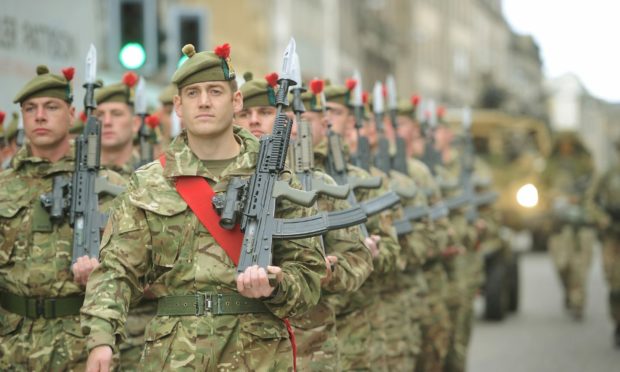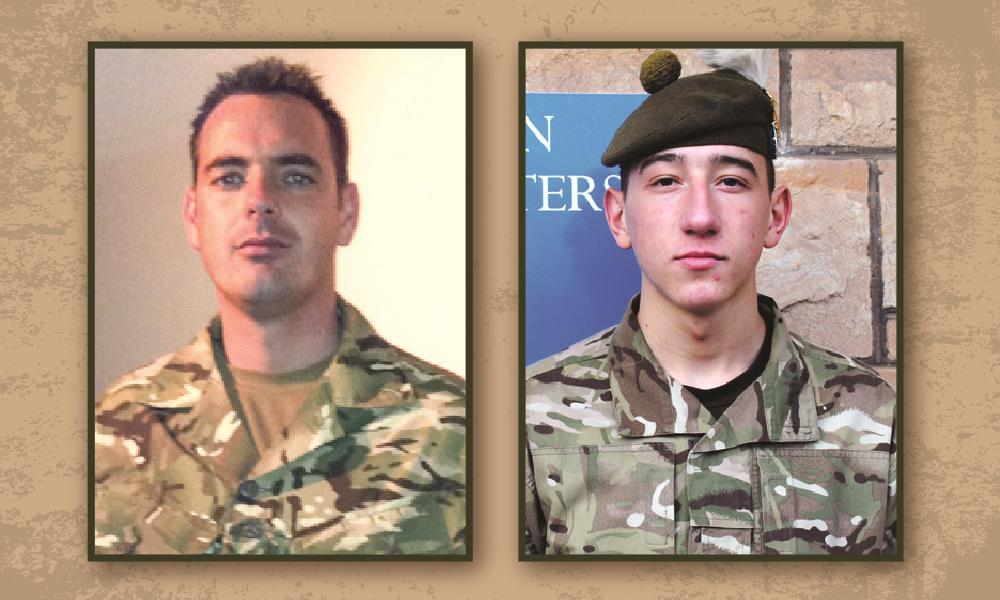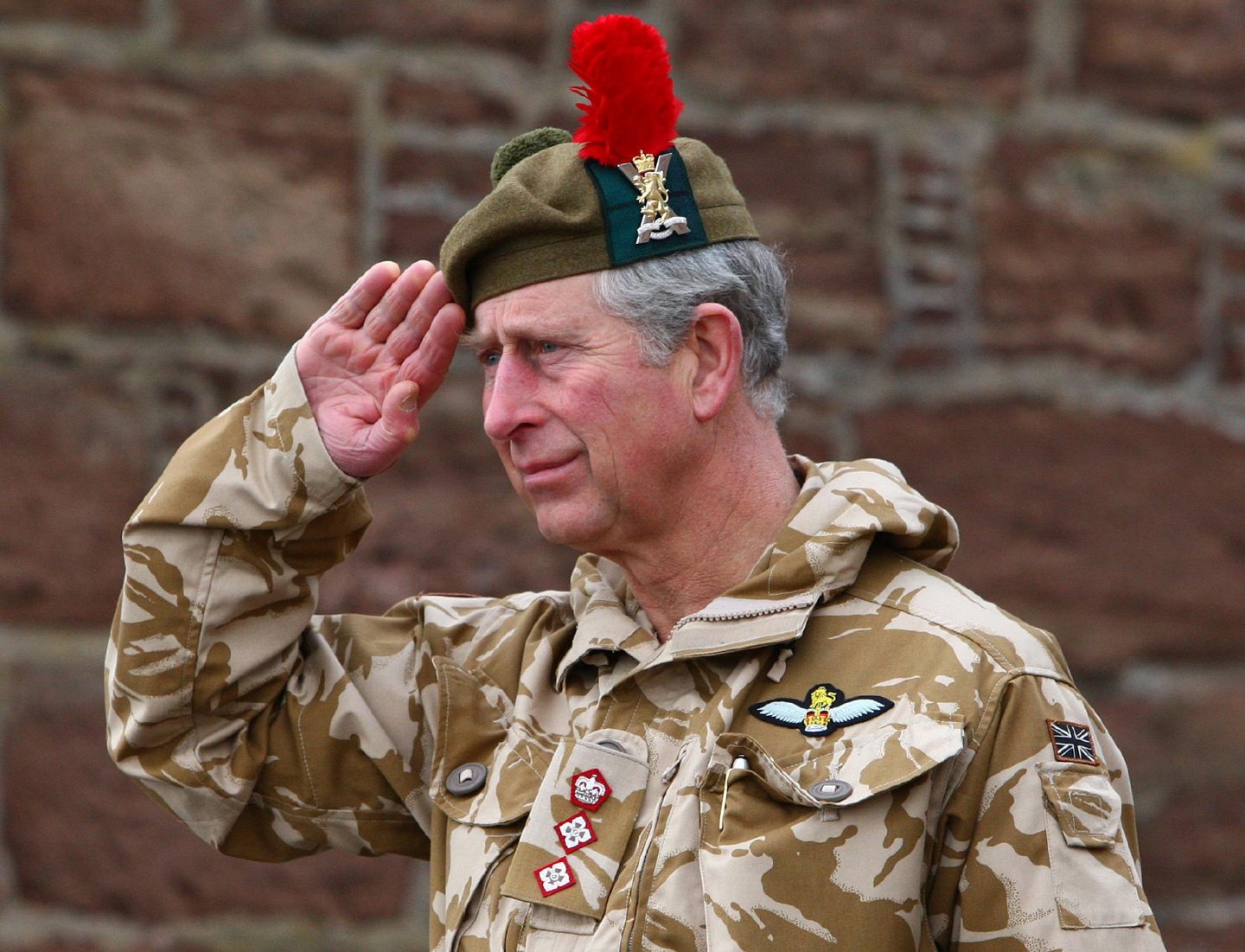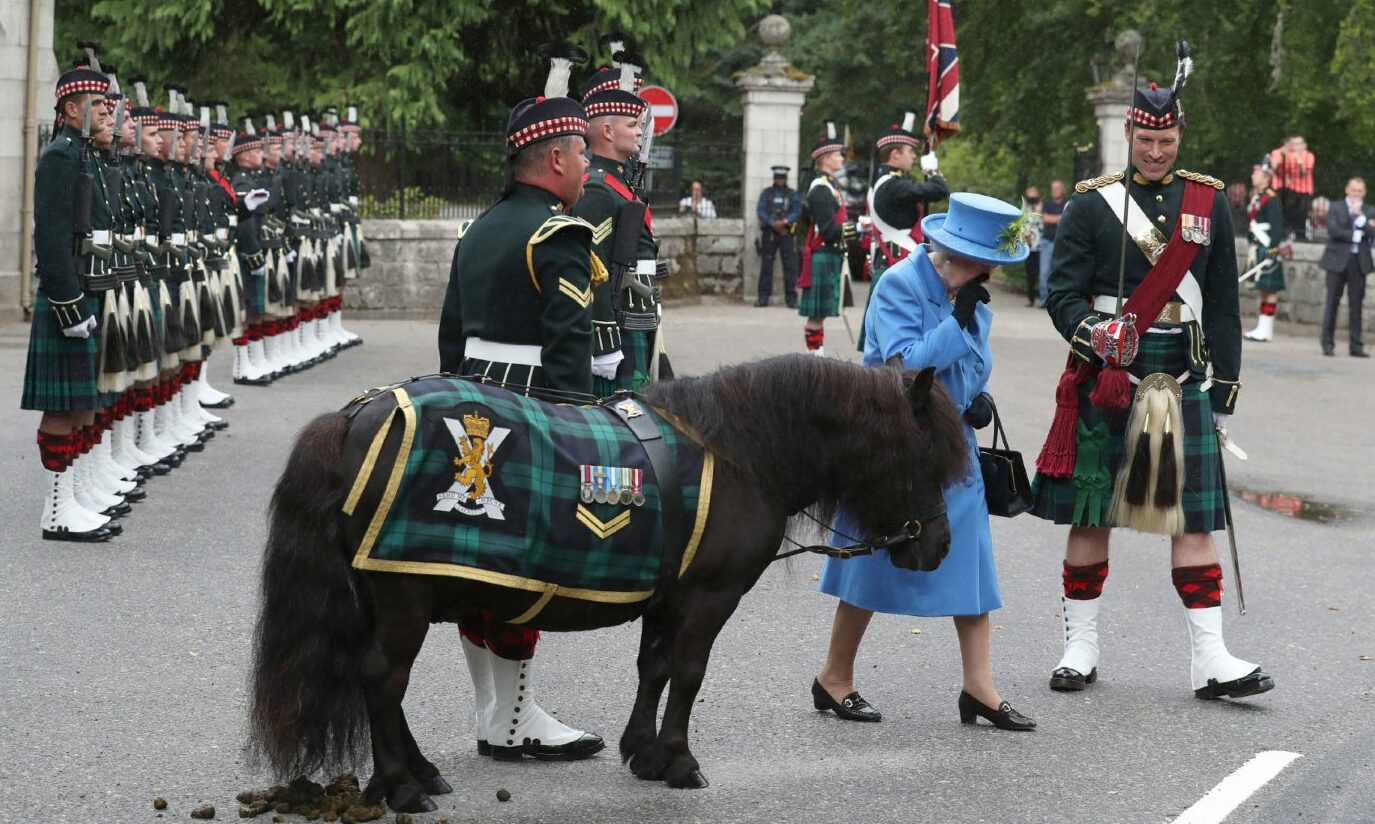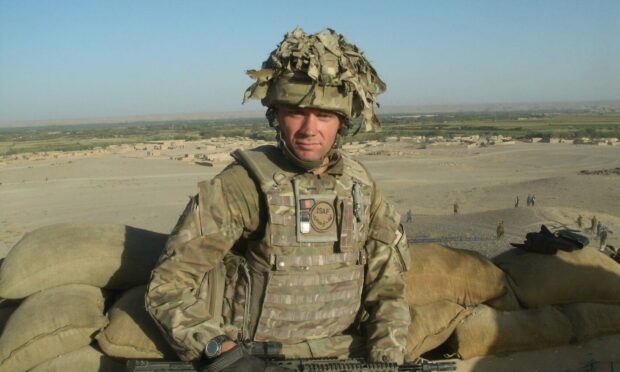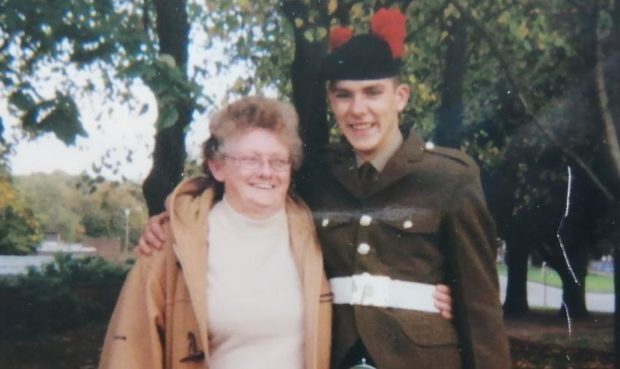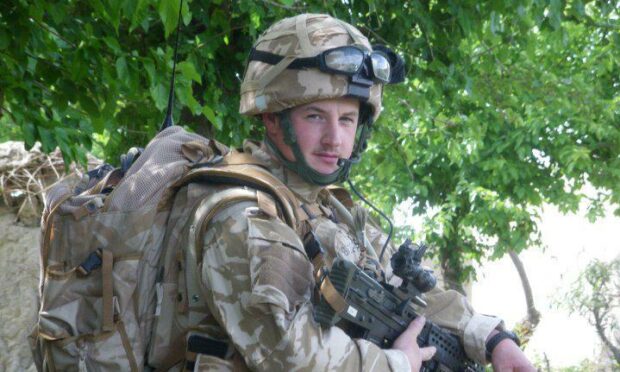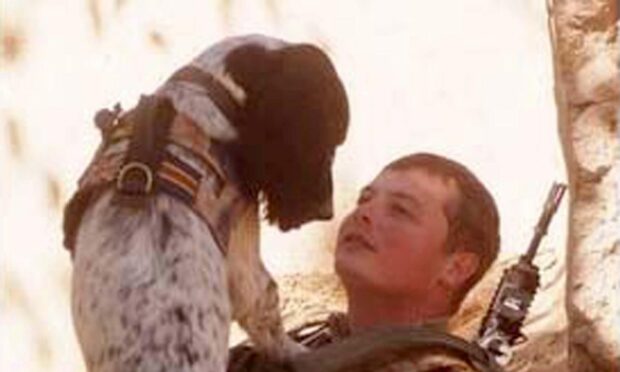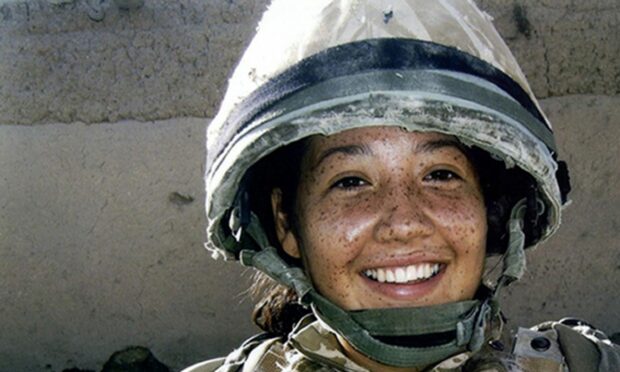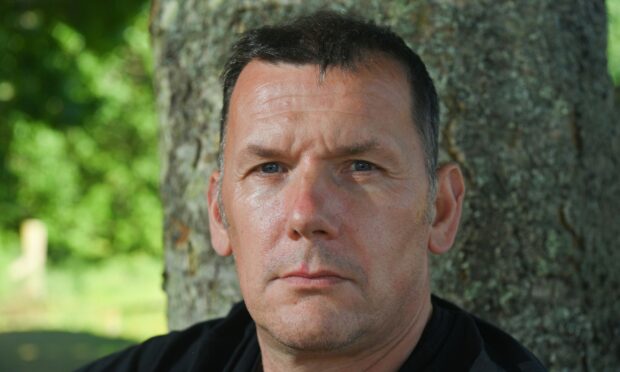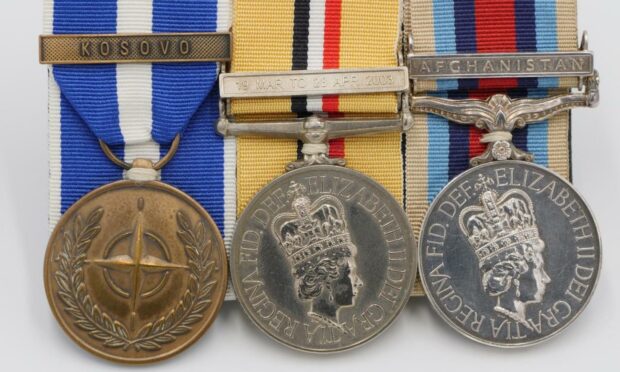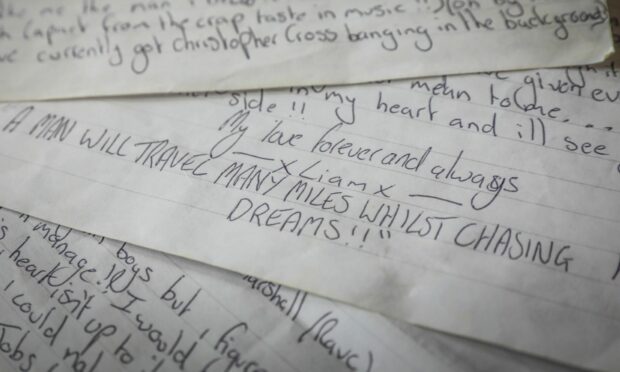Scotland’s super-regiment was born as the conflict in Afghanistan deepened.
Since the Royal Regiment of Scotland was formed in 2006, the unit’s soldiers have deployed almost continuously on operations around the world – building their own proud heritage.
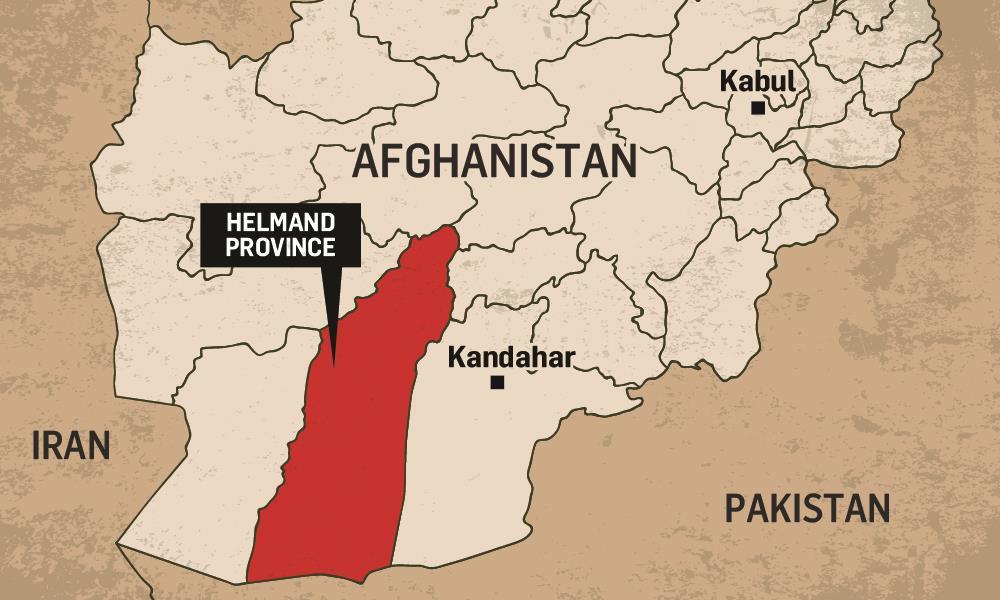
The Regiment’s history will forever be inextricably intertwined with battles fought in the fields and compounds of Helmand Province, Kandahar and Kabul.
Scottish soldiers were tragically among the last British troops to die in Afghanistan.
Private Robert Hetherington, 25, died with Corporal William Savage, 30, and Fusilier Samuel Flint, 21, when their Mastiff armoured vehicle hit an improvised explosive device in Helmand on April 30, 2013.
Cpl Savage, from Irvine, and Fusilier Flint, from Blackpool, were soldiers with 2 SCOTS, the Royal Highland Fusiliers.
Pte Hetherington, from Edinburgh, was a soldier with 7 SCOTS, 51st Highland.
‘Taking away the heart and soul of our fighting men’
The regiment’s creation on March 28, 2006 triggered controversy.
A campaign to retain the old regiments, which gathered more than 100,000 signatures, predicted that the RRS would struggle to recruit.
Jeff Duncan, of Save the Scottish Regiments, said at the time: “There is no affinity with this regiment, which is taking away the heart and soul of our fighting men.”
In 2011, Army bosses revealed that a shortage of homegrown recruits led to a huge rise in foreign-born soldiers serving in Scottish regiments.
Record numbers of nationals from Fiji, South Africa, New Zealand and Uganda have joined Scotland’s frontline troops.
And one in 10 serving soldiers in Scots regiments was born abroad.
The number of overseas troops in the Royal Regiment, the Scots Guards and tank unit the Royal Scots Dragoon Guards rocketed by more than a third in just two years from 350 soldiers in 2009 to 470 this year.
Army sources say historic Commonwealth links with the UK and the popularity of the Edinburgh Tattoo have triggered the rise in recruitment from Fiji and the Caribbean islands of St Vincent and St Lucia.
The largest contingents are the Fijians, South Africans, St Vincentians and St Lucians.
Other nationalities in the Scottish units include Irish, Indians, Malawians, Mauritians, Nepalese, Pakistanis, Zambians and Zimbabweans.
Prince Charles even waded into the battle over the formation of the new regiment in 2006.
He fired a salvo in defence of the Black Watch as the historic Scottish Army battalion faced a merger.
In the foreword to a history of the famous former regiment, the Prince, who was Colonel-in-chief of Black Watch until 2006, revealed his deep “dismay” at the amalgamation of the unit into the new Royal Regiment of Scotland.
He also said he “took no pleasure” from being the Black Watch’s last Colonel-in-chief and made clear that he wants what remains of one of the British Army’s main fighting battalions to have a future.
I took no pleasure in knowing that I would therefore be not just the third, but the last Colonel-in-chief.”
Duke of Rothesay
Highland Furies was published in 2012 to coincide with the symbolic final laying up of the former regiment’s colours in Perth.
The Prince wrote: “No one was more dismayed than I was when the announcement came in 2004 that the Black Watch were to merge with other Scottish regiments and I took no pleasure in knowing that I would therefore be not just the third, but the last Colonel-in-chief.
“Happily, the name continues in the British Army’s order of battle and I take immense pride in the achievements of the Black Watch, 3rd Battalion The Royal Regiment of Scotland, of which I am privileged to be Royal Colonel.”
The laying up of the colours – used as a rallying standard on the battlefield – symbolised the final amalgamation of the Black Watch into the Royal Regiment of Scotland.
The soldiers have deployed almost continuously on operations around the world from Afghanistan, Iraq, Northern Ireland and Cyprus to Sierra Leone.
Battle honours
Royal Regiment of Scotland soldiers have been awarded 13 Military Crosses and one Queen’s Gallantry Medal.
The Regiment is built on the names of the most famous fighting units in military history.
Today’s super-regiment is the successors to 14 Scottish infantry regiments including:
- The Royal Scots
- The Royal Highland Fusiliers
- The King’s Own Scottish Borderers
- The Black Watch
- The Queen’s Own Highlanders
- The Gordon Highlanders
- The Argyll and Sutherland Highlanders
Scottish soldiers have won battle honours and military decorations for valour including 116 Victoria Crosses, the highest award for gallantry in the British forces.
With the motto: “Nemo me impune lacessit” – Latin for No one provokes me with impunity – the regiment were formed in 2006 but their lineage dates back to the 17th and 18th centuries.
On their Tam O’Shanter head-dress, soldiers wear a hackle with different coloured feather plumes depending on their battalion.
The regiment are made up of regular infantry soldiers, in four battalions and an independent rifle company, and reservists in two Army Reserve battalions:
- 1 SCOTS – The Royal Scots Borderers
- 2 SCOTS – the Royal Highland Fusiliers
- 3 SCOTS – The Black Watch
- 4 SCOTS – The Highlanders
- 5 SCOTS (Balaklava Company) – The Argyll and Sutherland Highlanders
- 6 SCOTS – 52nd Lowland
- 7 SCOTS – 51st Highland
The mascot is Cruachan the Shetland Pony.
Scotland’s Forgotten War
Scotland’s Forgotten War is an in-depth investigation into one of the country’s longest running conflicts – the campaign in Afghanistan – and how it forever changed our local families and communities.
From Dundee, Angus and Fife to Aberdeen, Inverness and the Highlands, the combat thousands of miles away in Afghanistan has cast a long shadow over people’s lives in the last 20 years.
The Impact team
- Words by Stephen Stewart
- Design by Cheryl Livingstone
- Graphics by Roddie Reid
- Data visualisations by Lesley-Anne Kelly
- Photographs, video and audio by Jason Hedges, Mhairi Edwards, Drew Farrell, Blair Dingwall and Morven McIntyre.
